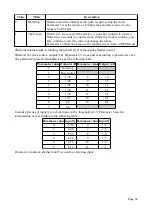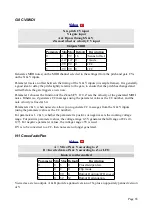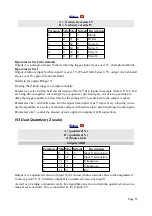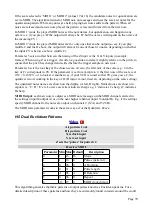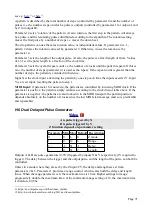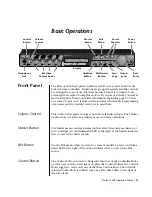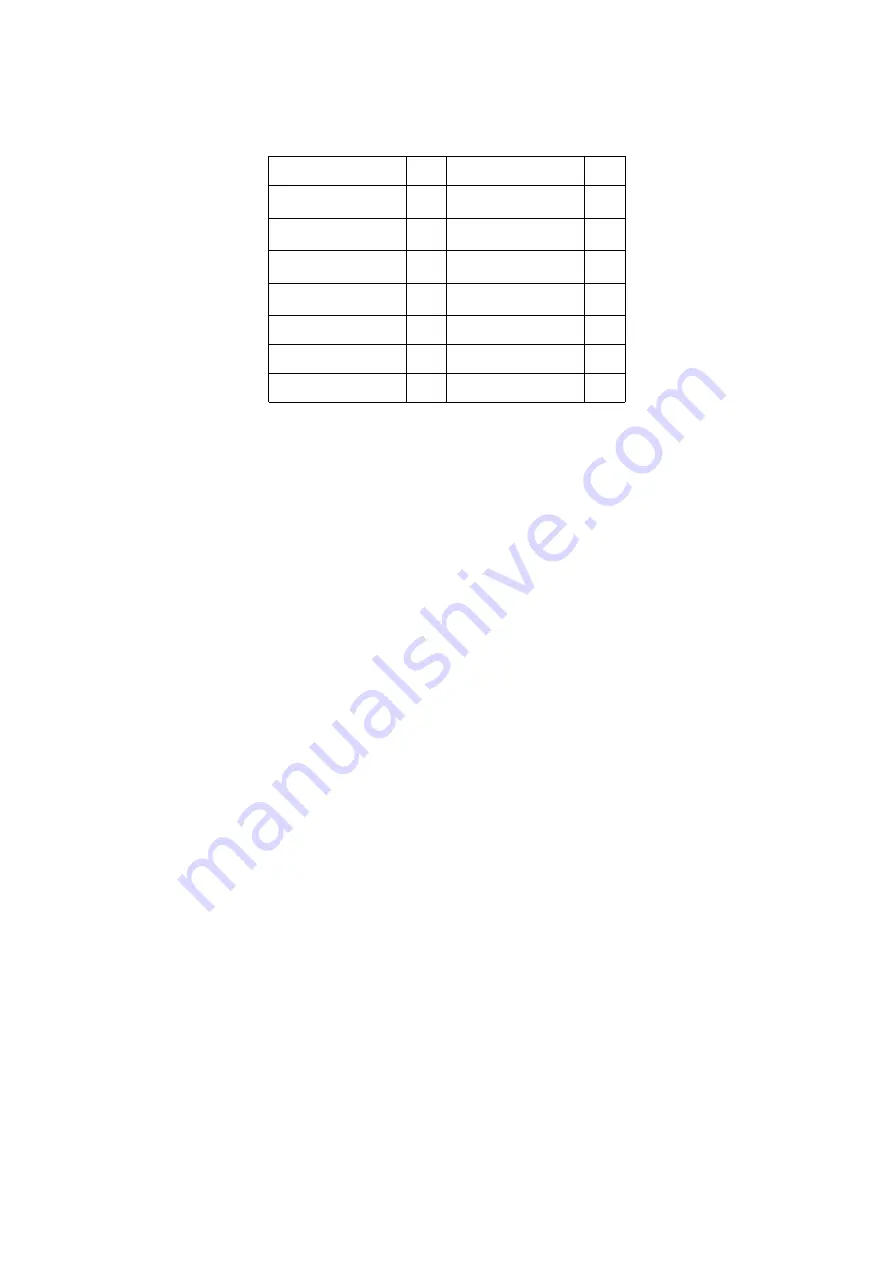
Parameter 2 sets the key to quantize into. The displayed key names assume that 0V pitch CV
corresponds to the note C. The parameter value does not represent semitones, but degrees around
the circle of fifths. Equivalently, the parameter indicates the number of sharps or flats:
Parameter value Key Parameter value Key
-5
D
♭
0
C
-4
A
♭
1
G
-3
E
♭
2
D
-2
B
♭
3
A
-1
F
4
E
5
B
6
F♯
Parameter 0 defines the quantizer pattern – the selection of notes from the scale that are available
for the CV to adopt. The user interface to editing the pattern is unique to this algorithm. When
parameter 0 is the current parameter, turning the S knob scrolls through the degrees of the scale e.g.
from 1 to 7 for a major scale. (The actual notes that these scale degrees refer to depend on the
selected key and scale.) Next to the number of the scale degree is either a '+', which indicates the
degree is included in the quantizer pattern, or '.', which indicates that it is not. Pressing the S knob
toggles between these two states.
When the display is not showing a parameter value or name, it shows the note name of the pitch CV
on output A (assuming, as mentioned above, that 0V corresponds to a C).
MIDI Input
: MIDI note messages received on MIDI channel 1 or 2 set the quantizer pattern. The
notes of the C major scale (i.e. the white keys) turn on & off the corresponding degrees of the
pattern. Note that C major is always used for the MIDI input, regardless of which key the quantizer
is actually working in. The octave of the MIDI notes makes no difference. How the notes control
the pattern depends on the MIDI channel:
–
MIDI channel 1: A note on message toggles the state of the degree in the pattern on or off.
–
MIDI channel 2: The pattern is set from the notes currently being held down.
I-1 Audio Playback
Page 74



